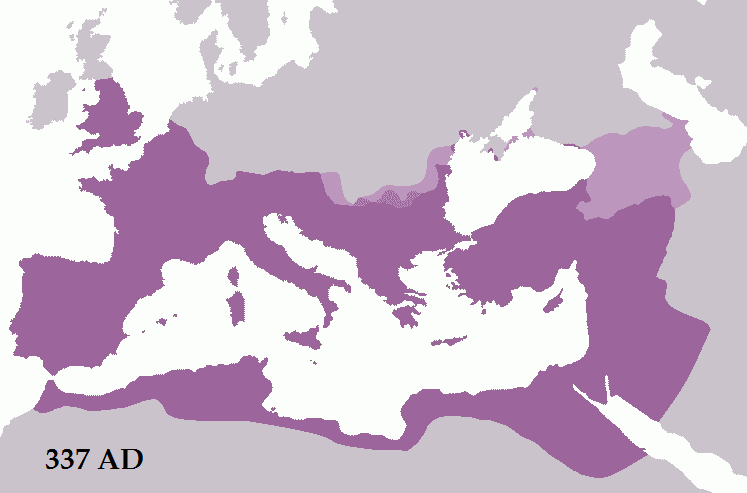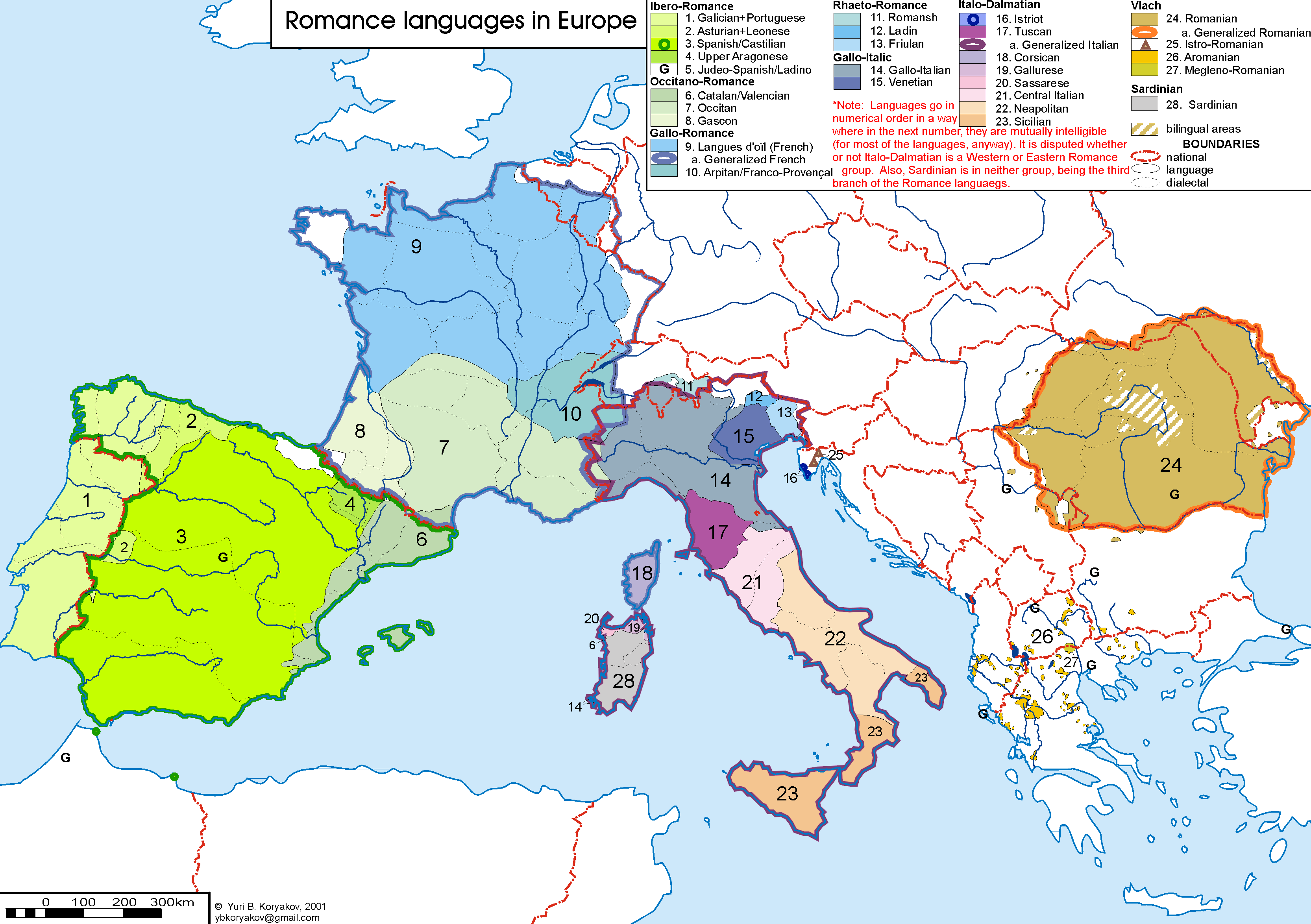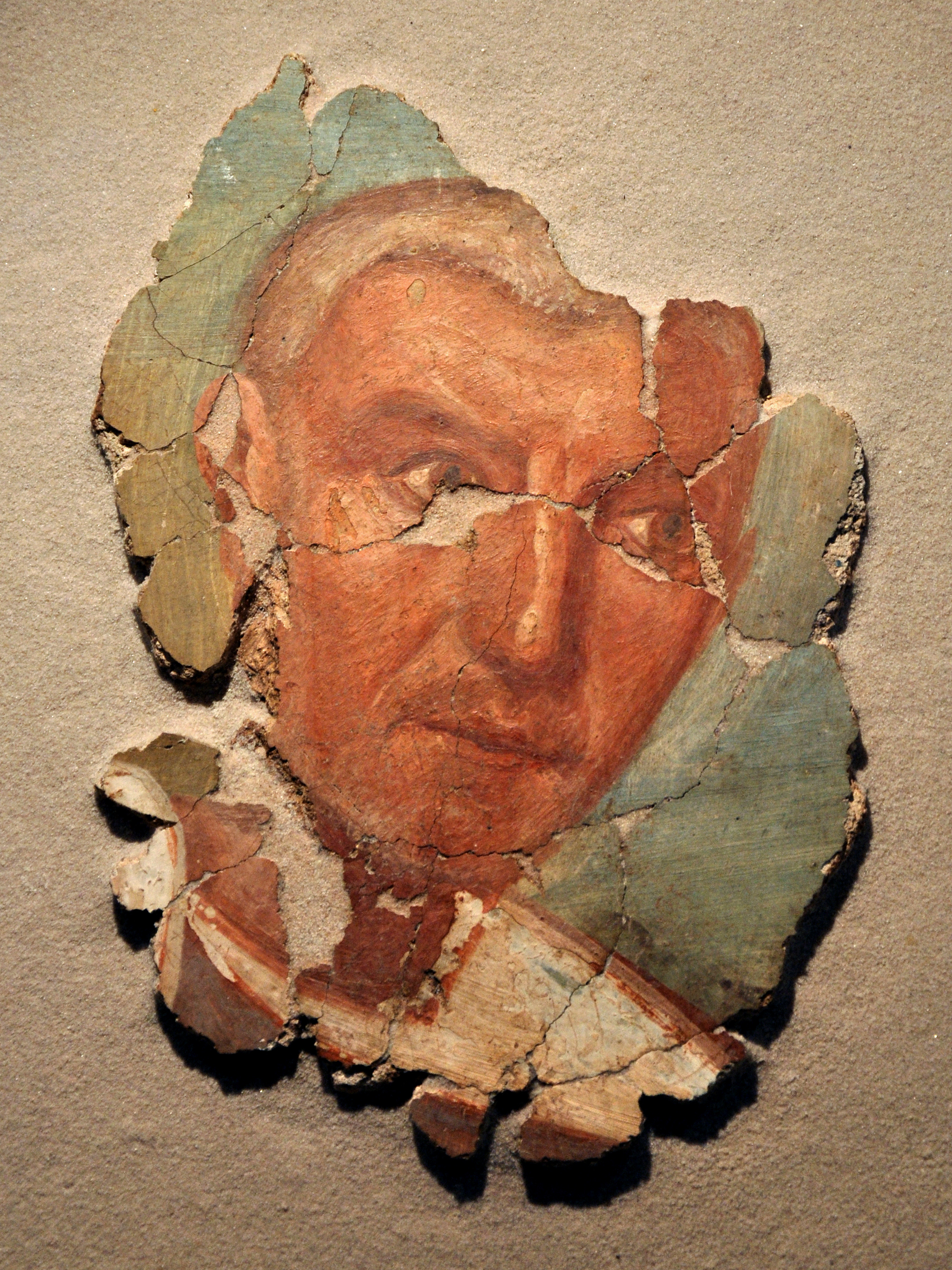|
Common Romanian
Common Romanian (), also known as Ancient Romanian (), or Proto-Romanian (), is a comparatively reconstructed Romance language evolved from Vulgar Latin and spoken by the ancestors of today's Romanians, Aromanians, Megleno-Romanians, Istro-Romanians and related Balkan Latin peoples (Vlachs) between the 6th or 7th century AD and the 10th or 11th centuries AD. The evidence for this can be found in the fact that Romanian, Aromanian, Megleno-Romanian, and Istro-Romanian share with each other their main language innovations comparative to Vulgar Latin on one hand, and distinctive from the other Romance languages on the other, according to Romanian linguist Marius Sala. History The Roman occupation led to a Roman-Thracian syncretism, and similar to the case of other conquered civilisations (see, for example, how Gallo-Roman culture developed in Roman Gaul) led to the Latinization of many Thracian tribes which were on the edge of the sphere of Latin influence, eventually resul ... [...More Info...] [...Related Items...] OR: [Wikipedia] [Google] [Baidu] |
Eastern Romance Languages
The Eastern Romance languages are a group of Romance languages. The group comprises the Romanian language (Daco-Romanian), the Aromanian language and two other related minor languages, Megleno-Romanian and Istro-Romanian. The extinct Dalmatian language (otherwise included in the Central Romance group) is sometimes included as part of the Eastern Romance group, being considered a bridge between Italian and Romanian. Some classifications of the Romance languages consider Eastern and Central Romance to form a clade (often simply called "Eastern Romance", with "Eastern Romance proper" referred to as Balkan or Daco-Romance), but nowadays Central Romance are more often grouped with the Western Romance languages as " Italo-Western". Languages Eastern Romance comprises Romanian (or Daco-Romanian), Aromanian, Megleno-Romanian and Istro-Romanian, according to the most widely accepted classification of the Romance languages. The four languages are sometimes labelled as dialects o ... [...More Info...] [...Related Items...] OR: [Wikipedia] [Google] [Baidu] |
Istro-Romanian Language
The Istro-Romanian language () is an Eastern Romance languages, Eastern Romance language, spoken in a few villages and hamlets in the peninsula of Istria in Croatia, as well as in the diaspora of this people. It is sometimes abbreviated to IR. While its speakers call themselves ''Rumeri'', ''Rumeni'', they are also known as ''Vlachs'', ''Rumunski'', ''Ćići'' and ''Ćiribiri''. The last one, used by ethnic Croats, originated as a disparaging nickname for the language, rather than its speakers. Due to the fact that its speakers are estimated to be fewer than 500, it is listed among languages that are "severely endangered" in the UNESCO ''Atlas of the World's Languages in Danger''. It is also considered by some Romanian scholars to be an idiosyncratic offshoot dialect of Romanian language, Romanian. Recent history The Istro-Romanians have faced many significant challenges in preserving their language, culture and ethnic identity, including emigration from communism and migrat ... [...More Info...] [...Related Items...] OR: [Wikipedia] [Google] [Baidu] |
Lexicon
A lexicon (plural: lexicons, rarely lexica) is the vocabulary of a language or branch of knowledge (such as nautical or medical). In linguistics, a lexicon is a language's inventory of lexemes. The word ''lexicon'' derives from Greek word (), neuter of () meaning 'of or for words'. Linguistic theories generally regard human languages as consisting of two parts: a lexicon, essentially a catalogue of a language's words (its wordstock); and a grammar, a system of rules which allow for the combination of those words into meaningful sentences. The lexicon is also thought to include bound morphemes, which cannot stand alone as words (such as most affixes). In some analyses, compound words and certain classes of idiomatic expressions, collocations and other phrasemes are also considered to be part of the lexicon. Dictionaries are lists of the lexicon, in alphabetical order, of a given language; usually, however, bound morphemes are not included. Size and organization Items ... [...More Info...] [...Related Items...] OR: [Wikipedia] [Google] [Baidu] |
Romanian Academy
The Romanian Academy ( ) is a cultural forum founded in Bucharest, Romania, in 1866. It covers the scientific, artistic and literary domains. The academy has 181 active members who are elected for life. According to its bylaws, the academy's main goals are the cultivation of Romanian language and Romanian literature, the study of the national history of Romania and research into major scientific domains. Some of the academy's fundamental projects are the Romanian language dictionary ('' Dicționarul explicativ al limbii române''), the dictionary of Romanian literature, and the treatise on the history of the Romanian people. History On the initiative of C. A. Rosetti, the Academy was founded on April 1, 1866, as ''Societatea Literară Română''. The founding members were illustrious members of the Romanian society of the age. The name changed to ''Societatea Academică Romînă'' in 1867, and finally to ''Academia Română'' in 1879, during the reign of Carol I. The foun ... [...More Info...] [...Related Items...] OR: [Wikipedia] [Google] [Baidu] |
Thraco-Roman
The term Thraco-Roman describes the Romanization (cultural), Romanized culture of Thracians under the rule of the Roman Empire. The Odrysian kingdom of Thrace became a Roman client kingdom c. 20 BC, while the Greek city-states on the Black Sea coast came under Roman control, first as ''civitates foederatae'' ("allied" cities with internal autonomy). After the death of the Thracian king Rhoemetalces III in 46 AD and an unsuccessful anti-Roman revolt, the kingdom was annexed as the Roman province of Thracia. The northern Thracians (Getae-Dacians) formed a unified kingdom of Dacia, before being Trajan's Dacian Wars, conquered by the Romans in 106 and their land turned into the Roman Dacia, Roman province of Dacia. Archaeological sites * The Thraco-Roman Villa Rustica near Chatalka, Stara Zagora, Bulgaria * Thraco-Roman Cult Complex built in the rocks near Strelkovo, Bulgaria Famous individuals This is a list of several important Thraco-Roman individuals: * Maximinus Thrax, Roman ... [...More Info...] [...Related Items...] OR: [Wikipedia] [Google] [Baidu] |
Dalmatian Language
Dalmatian or Dalmatic (, ) is a group of now-extinct Romance varieties that developed along the coast of Dalmatia. Over the centuries they were increasingly influenced, and then supplanted, by Croatian and Venetian. It has not been demonstrated that Dalmatian belonged to a larger branch of Romance or even that its varieties constituted a valid genetic grouping of their own. Varieties Ragusan This was spoken in Dubrovnik (). Various Ragusan words are known from local documents in Latin and Venetian. One such document, for instance, records the words , , , and indicates the meanings 'bread', 'father', 'house', 'to do'. There are also some 14th-century texts in Ragusan, but these show extensive Croatian and Venetian influence, to the point that it is difficult to discern which if any of their features are genuinely Dalmatian. A notable feature of Ragusan was its preservation (without palatalisation) of Latin and before front vowels, which can be seen in attested forms ... [...More Info...] [...Related Items...] OR: [Wikipedia] [Google] [Baidu] |
Romance Languages
The Romance languages, also known as the Latin or Neo-Latin languages, are the languages that are Language family, directly descended from Vulgar Latin. They are the only extant subgroup of the Italic languages, Italic branch of the Indo-European languages, Indo-European language family. The five list of languages by number of native speakers, most widely spoken Romance languages by number of native speakers are: * Spanish language, Spanish (489 million): official language in Spain, Mexico, Equatorial Guinea, the Sahrawi Arab Democratic Republic, SADR, Cuba, Dominican Republic, Puerto Rico and most of Central America, Central and South America * French language, French (310 million): official in 26 countries * Portuguese language, Portuguese (240 million): official in Portugal, Brazil, Portuguese-speaking African countries, Portuguese-speaking Africa, Timor-Leste and Macau * Italian language, Italian (67 million): official in Italy, Vatican City, San Marino, Switzerland; mi ... [...More Info...] [...Related Items...] OR: [Wikipedia] [Google] [Baidu] |
Substrate In Romanian
The proposed substratal elements in Romanian are mostly lexical items. The process of determining if a word is from the substratum involves comparison to Latin, languages with which Romanian came into contact, or determining if it is an internal construct. If there are no matching results, a comparison to Albanian vocabulary, Thracian remnants or Proto-Indo-European reconstructed words is made. In addition to vocabulary, some other features of Eastern Romance, such as phonological features and elements of grammar (see Balkan sprachbund) may also be from Paleo-Balkan languages. Romanian developed from the Common Romanian language, which in turn developed from Vulgar Latin. According to a widely accepted theory, the territory where the language formed was a large one, consisting of both the north and the south of the Danube (encompassing the regions of Dacia, Moesia, and possibly Illyria), more precisely to the north of the Jireček Line. Other scholars place the origin of ... [...More Info...] [...Related Items...] OR: [Wikipedia] [Google] [Baidu] |
Daco-Thracian
The linguistic classification of the ancient Thracian language has long been a matter of contention and uncertainty, and there are widely varying hypotheses regarding its position among other Paleo-Balkan languages. It is not contested, however, that the Thracian languages were Indo-European languages which had acquired satem characteristics by the time they are attested. Hypothesized links Daco-Thracian A ''Daco-Thracian'' (or ''Thraco-Dacian'') grouping with Dacian language, Dacian as either the same language or different from Thracian was widely held until the 1950s, but is untenable (according to J. P. Mallory) in light of toponymic evidence: only a percent of place names north of the Danube betray "pan-Thracian" roots. The hypothesis of a Thraco-Dacian or Daco-Thracian branch of IE, indicating a close link between the Thracian and Dacian languages, has numerous adherents, including Russu 1967, Georg Solta 1980, Vraciu 1980, Crossland, Trask (2000), McHenry (1993), Mihailov ( ... [...More Info...] [...Related Items...] OR: [Wikipedia] [Google] [Baidu] |
Thracians
The Thracians (; ; ) were an Indo-European languages, Indo-European speaking people who inhabited large parts of Southeast Europe in ancient history.. "The Thracians were an Indo-European people who occupied the area that today is shared between Thrace, north-eastern Greece, Romania, and north-western Turkey. They shared the same language and culture. There may have been as many as a million Thracians, divided among up to 40 tribes." Thracians resided mainly in Southeast Europe in Present (time), modern-day Bulgaria, Romania, North Macedonia, northern Greece and European Turkey, but also in north-western Anatolia, Anatolia (Asia Minor) in Turkey. The exact origin of the Thracians is uncertain, but it is believed that Thracians like other Indo-European speaking groups in Europe descended from a mixture of Proto-Indo-Europeans and Early European Farmers. Around the 5th millennium BC, the inhabitants of the eastern region of the Balkans became organized in different groups of Indi ... [...More Info...] [...Related Items...] OR: [Wikipedia] [Google] [Baidu] |
Roman Gaul
Roman Gaul refers to GaulThe territory of Gaul roughly corresponds to modern-day France, Belgium and Luxembourg, and adjacent parts of the Netherlands, Switzerland and Germany. under provincial rule in the Roman Empire from the 1st century BC to the 5th century AD. History During the Republic The Roman Republic's influence began in southern Gaul. By the mid-2nd century BC, Rome was trading heavily with the Greek colony of Massalia, Massilia (modern Marseille) and entered into an alliance with them, by which Rome agreed to protect the town from local Gauls, including the nearby Aquitani and from sea-borne Carthaginians and other rivals, in exchange for land that the Romans wanted in order to build a road to Hispania to improve troop movements to its provinces there. The Mediterranean settlements on the coast continued to be threatened by the powerful Gallic tribes to the north and in 122 BC the Roman general Gnaeus Domitius Ahenobarbus (consul 122 BC), Gnaeus Domitius Ahe ... [...More Info...] [...Related Items...] OR: [Wikipedia] [Google] [Baidu] |
Gallo-Roman Culture
Gallo-Roman culture was a consequence of the Romanization of Gauls under the rule of the Roman Empire in Roman Gaul. It was characterized by the Gaulish adoption or adaptation of Roman culture, language, morals and way of life in a uniquely Gaulish context. The well-studied meld of cultures in Gaul gives historians a model against which to compare and contrast parallel developments of Romanization in other less-studied Roman provinces. ''Interpretatio romana'' offered Roman names for Gaulish deities such as the smith-god Gobannus; however, of the Celtic deities, only the horse-patroness Epona penetrated Romanized cultures beyond the confines of Gaul. The barbarian invasions began in the late 3rd century and forced upon Gallo-Roman culture fundamental changes in politics, economic underpinning and military organization. The Gothic settlement of 418 offered a double loyalty, as Western Roman authority disintegrated at Rome. The plight of the highly-Romanized governing clas ... [...More Info...] [...Related Items...] OR: [Wikipedia] [Google] [Baidu] |






